|
|
Post by linefacedscrivener on Oct 28, 2021 14:01:09 GMT -5
That's probably the one I recorded off of AMC (back when they were TCM before TCM). I don't think there's ever been a full faithful adaptation of the entire Vicomte De Bragelonne trilogy, they just cut to the end and usually cut out the other two title characters (Raoul, Son of Athos and Louise De Louise De La Valliere). Then they don't even do that part right since Aramis was the driving force behind Phillipe's ascendency and D'Artagnan uncovers it. Most of the things that the movie(s) has(ve) take place before the switch actually take place after (like the plate thing). It does seem like a Howard kind of film. It is definitely a Howard film, but I know what you mean about there being no faithful adaptation. I also doubt we will ever see one. I recently finished reading the new translation of The Three Musketeers by someone for whom anyone who played old school D&D should recognize (his D&D stuff was as Lawrence Schick). It was a good translation.  |
|
|
|
Post by linefacedscrivener on Oct 28, 2021 14:11:38 GMT -5
 The Iron Mask (1929) The Iron Mask (1929)
“. . . and of the part talkies I got a big kick out of The Iron Mask.” -Robert E. Howard to Harold Preece, ca. September 1929 The title credits note that the production was made under the supervision of Maurice LeLoir. LeLoir was born on November 1, 1853 and died on October 7, 1940. He was a popular French illustrator. He became renown for his colored illustrations of historic France, showing people dressed in colorful time period dress. His pictures fascinated people in the late 19th and early 20th centuries. This was, no doubt, the basis for many of the costumes featured in The Iron Mask.


 |
|
|
|
Post by johnnypt on Oct 28, 2021 15:56:07 GMT -5
That's probably the one I recorded off of AMC (back when they were TCM before TCM). I don't think there's ever been a full faithful adaptation of the entire Vicomte De Bragelonne trilogy, they just cut to the end and usually cut out the other two title characters (Raoul, Son of Athos and Louise De Louise De La Valliere). Then they don't even do that part right since Aramis was the driving force behind Phillipe's ascendency and D'Artagnan uncovers it. Most of the things that the movie(s) has(ve) take place before the switch actually take place after (like the plate thing). It does seem like a Howard kind of film. It is definitely a Howard film, but I know what you mean about there being no faithful adaptation. I also doubt we will ever see one. I recently finished reading the new translation of The Three Musketeers by someone for whom anyone who played old school D&D should recognize (his D&D stuff was as Lawrence Schick). It was a good translation.  I got the old Oxford World Classics versions of all 5 edited by David Coward. If Signet had done the first two parts of Vicomte (or Twenty Years After for that matter) and not just Man in the Iron Mask, I'd probably have gotten those. If you'd gone by what was in the bookstores and the movies, you'd almost never know there were more than two Musketeer books. |
|
|
|
Post by linefacedscrivener on Oct 29, 2021 8:12:26 GMT -5
It is definitely a Howard film, but I know what you mean about there being no faithful adaptation. I also doubt we will ever see one. I recently finished reading the new translation of The Three Musketeers by someone for whom anyone who played old school D&D should recognize (his D&D stuff was as Lawrence Schick). It was a good translation.  I got the old Oxford World Classics versions of all 5 edited by David Coward. If Signet had done the first two parts of Vicomte (or Twenty Years After for that matter) and not just Man in the Iron Mask, I'd probably have gotten those. If you'd gone by what was in the bookstores and the movies, you'd almost never know there were more than two Musketeer books. You are certainly right about that one:  |
|
|
|
Post by linefacedscrivener on Oct 29, 2021 13:55:24 GMT -5
 The Iron Mask (1929) The Iron Mask (1929)
“. . . and of the part talkies I got a big kick out of The Iron Mask.” -Robert E. Howard to Harold Preece, ca. September 1929 The star of the film was Douglas Fairbanks. Born Douglas Elton Thomas Ullman on May 23, 1883, he became an actor, screenwriter, director, and film producer. He appeared on Broadway at the beginning of the 20th century, before moving to Hollywood in 1915. By the 1920s, he found himself playing the leading roles in a number of swashbuckling-adventure movies including The Mark of Zorro (1920), The Three Musketeers (1921), Robin Hood (1922), The Thief of Bagdad (1924), and The Black Pirate (1926). In 1929, he wrote, produced and starred in The Iron Mask. In addition, Fairbanks did many of his own stunts in the film and some of them are pretty impressive. Needless to say, he was very popular with movie fans, not just Robert E. Howard. However, like so many popular silent film stars, he did not successfully make the transition to the “talkies.” This was, in reality, his last successful film, and he quickly withered on the vine before dying of a heart attack on December 12, 1939. Fairbanks Biographer Jeffrey Vance has opined, "As a valedictory to the silent screen, The Iron Mask is unsurpassed. In one of his few departures from playing a young man—and with fewer characteristic stunts—Fairbanks conjures up his most multi-dimensional and moving screen portrayal in a film that is perhaps the supreme achievement of its genre" (Vance, Jeffrey. Douglas Fairbanks. Berkeley, CA: University of California Press, 2008, pg. 251). Click on this video to watch one of his greatest feats as his own stuntman. He was advised not to do this because of the excessive danger posed: he did it anyway. preview.redd.it/6kzcr6haws071.gif?format=mp4&s=b07b21d34b5e5e04060200816ac74da6d7454d45 |
|
|
|
Post by linefacedscrivener on Nov 1, 2021 12:35:03 GMT -5
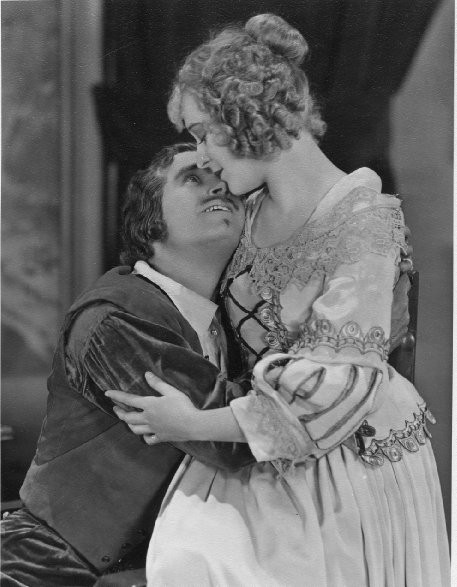 The Iron Mask (1929) The Iron Mask (1929)
“. . . and of the part talkies I got a big kick out of The Iron Mask.” -Robert E. Howard to Harold Preece, ca. September 1929 The leading lady in the film was silent film star Marguerite De La Motte (June 22, 1902 - March 10, 1950) who played Constance in this film as well as in Three Musketeers (1921). She was born in Duluth, Minnesota, and graduated from the Egan School of Drama, Music, and Dancing. In 1916, she made her first film with, none other than, Douglas Fairbanks. It was a romantic comedy titled, Arizona (1918). She quickly became a favorite of Fairbank's and appeared in a number of his movies, including The Mark of Zorro (1920). Like so many other silent film stars, the transition to the talkies pretty much killed her career. She only made a handful of pictures after that, with her last film role being Overland Mail (1942). Still, during her years in the silent films, she proved a popular actress. 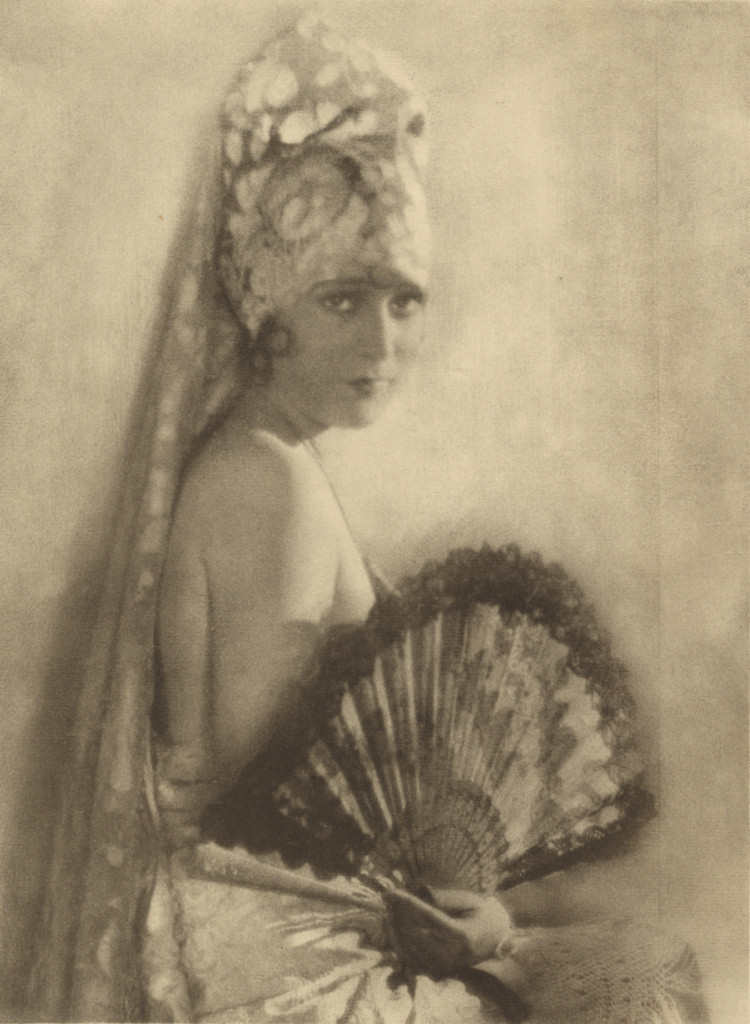 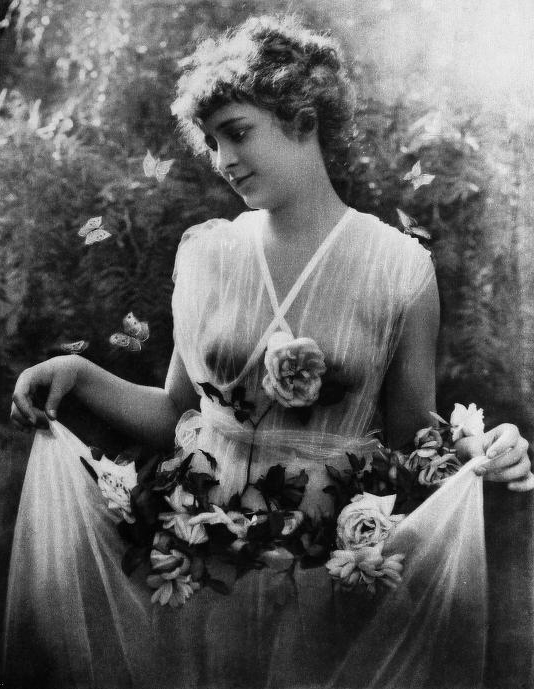 |
|
|
|
Post by linefacedscrivener on Nov 2, 2021 10:06:22 GMT -5
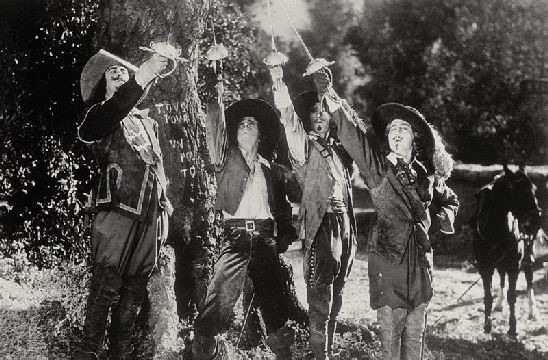 The Iron Mask (1929) The Iron Mask (1929)
“. . . and of the part talkies I got a big kick out of The Iron Mask.” -Robert E. Howard to Harold Preece, ca. September 1929 And just a few comments to round out this film: At the beginning of the film, I noticed the typical antics of the musketeers is somewhat limited because despite numerous challenges by D’Artagnan, no one is willing to face him, so the excitement is more muted. As the story develops, however, there is more action in the film, which no doubt Howard appreciated. Fairbanks once again turns to the audience about half-way through the film and presents another speech. This was used as an effective transition for the film leaps forward by 20 years. As is often pointed out, this film is unique for a Douglas Fairbanks’ movie because his character actually dies at the end of the film. Actually, all four of the musketeers end up dying, but after D’Artagnan dies, he is joined by the other three and the closing scene shows them youthful once again, and charging off to find “greater adventure beyond.” On a side note, but assuredly related to this movie, Howard visited San Antonio in 1931 and was present at the formal opening of the Spanish Governor’s Palace, the Museum of Spanish Colonial History. I posted about this on another thread, "An Unborn Empire." In a letter to Tevis Clyde Smith in March of that year, he mentions Douglas Fairbanks: “This week they’re holding the formal opening of the Spanish governor’s palace, built 1749 and Cardinal Patrick Hayes came all the way from New York to bless it. I got a big kick out of going through the place—it looks just like scenes from swash-buckling movies. I wouldn’t be surprized to see Douglas Fairbanks came bounding into the patio with his rapier and jack-boots.” Oh, and D’Artagnan apparently smoked Lucky Strikes cigarettes; after all, “Lucky Strikes Means Fine Tobacco.”  |
|
|
|
Post by linefacedscrivener on Nov 3, 2021 14:43:34 GMT -5
 Queen of the Night Clubs (1929) Queen of the Night Clubs (1929)
“The Queen of the Night Clubs—more gah!” —Robert E. Howard to Harold Preece, ca. September 1929 Release Date: March 16, 1929 REH Rating: *
Howard’s description of this particular movie, I believe, is spot on! I think it was the “Texas” part that attracted Howard to go see this particular film, or perhaps it was the promise of the movie showing a little leg. Neither probably proved all that exciting for Howard based on his review of "more gah!" The movie was a vehicle for Mary Louise Cecilia “Texas” Guinan who was born in Waco to Irish immigrant parents on January 12, 1884. As a kid, she was called “Mamie” and went to a parochial school, while growing up on a ranch, where she learned to shoot and rope. She knew from an early age that she wanted to be an entertainer, so she went to Chicago to perfect her singing voice. There, she was picked up by a traveling Wild West show that drew upon her soprano singing and her shooting and roping skills, along with her other womanly assets. She moved to New York and began taking on the persona of “Texas,” which she often gave as her name. In the Big Apple she performed in vaudeville, appeared as a Gibson Girl, and was soon touring for a number of musical productions. In the late 19-teens, she made her way to California and became involved in a number films, first as an actress, but then as a producer – rare for the time-period. When Prohibition went into effect, she made her way back to New York and opened up a club. There she entertained and there her establishment became a speakeasy private club. She was brash and welcomed people to her club with the phrase, “Hello, Sucker! Come on in and leave your wallet at the bar.”  In July of 1926, her club was raided by the police who seized several bottles of liquor and arrested several ladies for engaging in “suggestive dances.” In June of 1928, she was again raided, but this time on the action of U.S. Attorney General Mabel Walker Willebrandt, another rarity for the time-period. She was indicted by a grand jury and faced up to two years in prison, but, again, she made a brash public stand. In December of 1927, she told the newspapers: “I never take a drink and I never sell a drink. I am paid to put on an act and I put on an act. I once gave [U.S. Attorney General] Buckner a certified check for $100,000 to give anyone who has ever seen me take a drink or sell a drink. That check is still good, so's my offer.” She was acquitted of all charges. At this point, her persona before the American public was like a Texas tall tale and she told stories that stretched the truth as far as it would go, and then kept on going. As Leo Tracthenburg in the City Journal explained, “In later years, she foisted upon a gullible press a wholly mythical account of her youth. She convinced reporters that she had ridden broncos, single-handedly rounded up cattle on a 50,000-acre ranch, attended the elite Hollins Finishing School in Virginia, and run off to join a circus—all pure hokum.” It got even grander for she told reporters: “that when the United States entered World War I on April 6, 1917, she did her patriotic duty, hurrying to France to divert American boys before they faced down the Hun. As her increasingly devoted press swallowed the story whole, she claimed she received a medal from General Joffre, the French commander during the Battle of the Marne.” The truth, however, was she “never left American soil.” In fact, it was at that time she was starring in her silent films, from about 1917 to 1922. It is estimated she starred in about 36 films, most shorts and small parts. To hear her tell it, she was in 300 major productions. So, as tall of a tale as she was a-telling, Hollywood came a-calling. This was why in 1929, they produced the movie: Queen of the Night Clubs. According to Wikipedia, Texas Guinan plays herself as Texas Malone in the film. The synopsis of the film provided states: “After working as a hostess for Nick and Andy, Tex Malone leaves their employ and opens a club of her own. Looking for talent to book for the floor show, Tex hires Bee Walters and thereby breaks up Bee's act with Eddie Parr. Andy spitefully kills Tex's friend, Holland, and young Eddie is arrested for the crime on circumstantial evidence. Tex then learns from Eddie's father, Phil, that Eddie is her long-lost son. At the trial, Tex comes to Eddie's defense and persuades one member of the jury that there is reasonable doubt of Eddie's guilt. The jury repairs to Tex's club, where Tex discovers a piece of evidence that conclusively links Andy with the murder. Eddie is freed, and Tex and Phil get together for a second honeymoon.” The film received mediocre reviews when it came out, mostly saying it was somewhat entertaining. Still, apparently it was popular enough for the budget was $131,000 and it made $472,000 at the box office. The run time was 60 minutes on 6 reels. Texas Guinan appeared in another movie that year, Glorifying the American Girl, playing herself, and she was in the 1933 movie Broadway through a Keyhole, based on a story by Walter Winchell. She died on November 5, 1933, having contracted amoebic dysentery. The film is on the Library of Congress list of lost films (which is probably a good thing), but here is the surviving trailer to the film: And here is a short clip about Texas Guinan: |
|
|
|
Post by linefacedscrivener on Nov 5, 2021 11:00:21 GMT -5
 The Bridge of San Luis Rey (1929) The Bridge of San Luis Rey (1929)
“I saw Lily Damita for the first time yesterday in a show at Cisco—Thorton Wilder’s muck put in movies. Dolores Del Rio and Lupe Velez can’t hold a candle to her when it comes to frenzy. Lupe is prettier and Delores is a better all around actor, but my God, this Damita girl is a flame. She dances like a fanflare of sunfire blown before the wind—no, like a burning flame of moon-mist under the stars—Hell—see her for yourself. Some things can’t be described. They have to be seen.” —Robert E. Howard to Tevis Clyde Smith, ca. March 1929 “Lila Damita—boy, go no further! When the blonde French Whirlwind goes into action, all others take a back seat. It’s time to batten down the hatches, reef all sails, and stand by to cut the masts if necessary. Once I saw her—once. The Bridge of San Luis Rey—let me tell you, confidentially, that’s why the bridge fell. Get me. Yes! She walked across and scorched the damned ropes.” —Robert E. Howard to Harold Preece, ca. September 1929 Release Date: March 30, 1929 REH Rating: * * *Lili Damita: * * * * *The Bridge of San Luis Rey (1929) was based on the Thorton Wilder novel by the same name, which was released in 1927 and won the Pulitzer Prize the following year. The book itself was loosely based on the real-life story of Maria Micaela Villegas Hurtado (September 28, 1748 – May 16, 1819), who, prior to her marriage, was an actress, who became a popular icon in Peru in the late 18th century and was known as La Perichole. Both look at the lives and perspective of several people who experience a tragedy. A rope bridge strung over a gorge in the Peruvian Andes Mountains snaps and five people plunge to their death. A priest, wanting to remember the people who died, sets out to learn about their lives. The lead role of the film is the character Camilia, La Perichole, who is played by Lili Damita (July 10, 1904-March 21, 1994)—the actress Howard gives five stars to. Here are some of the reasons why: 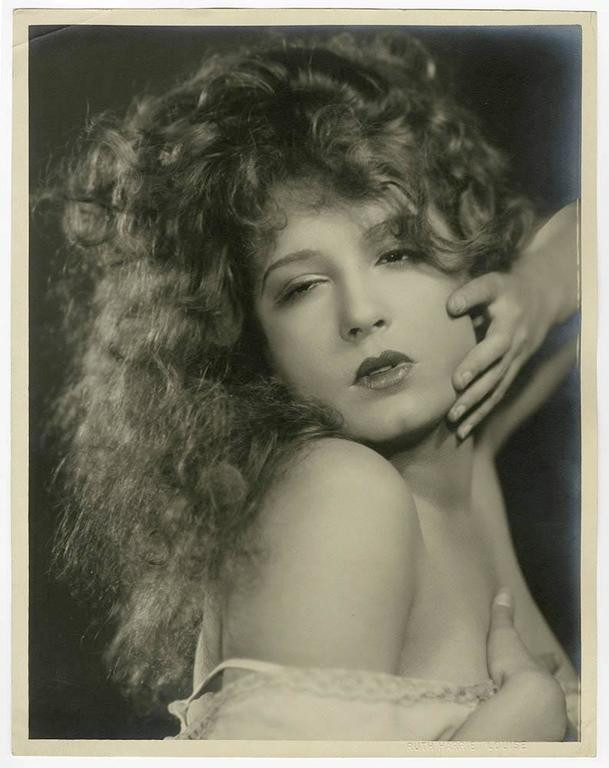 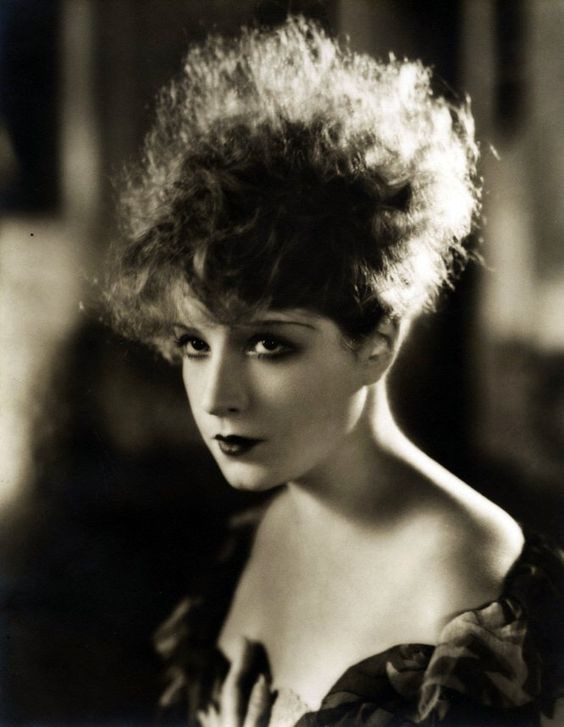 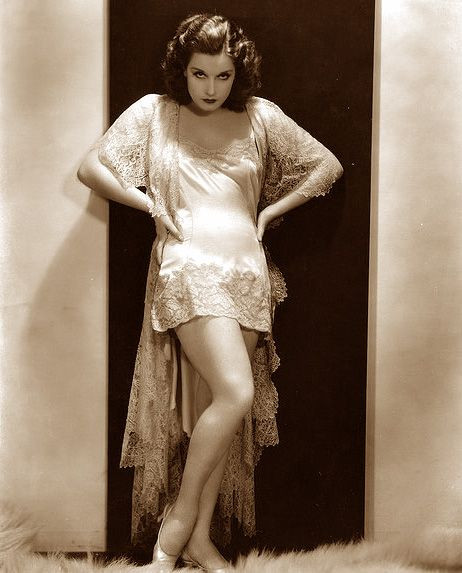 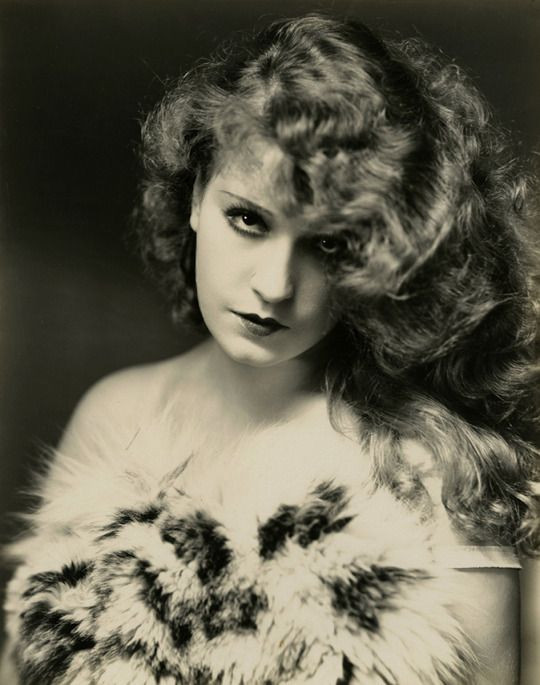 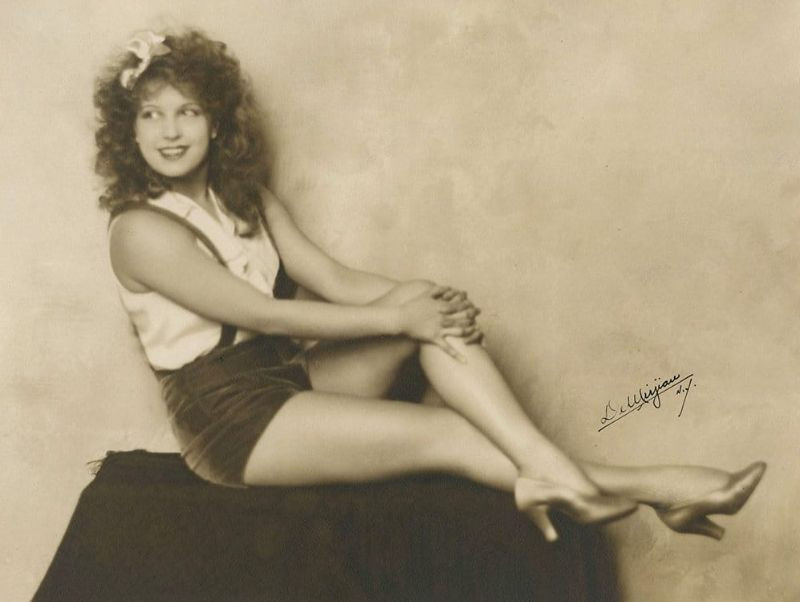 |
|
|
|
Post by linefacedscrivener on Nov 9, 2021 16:14:49 GMT -5
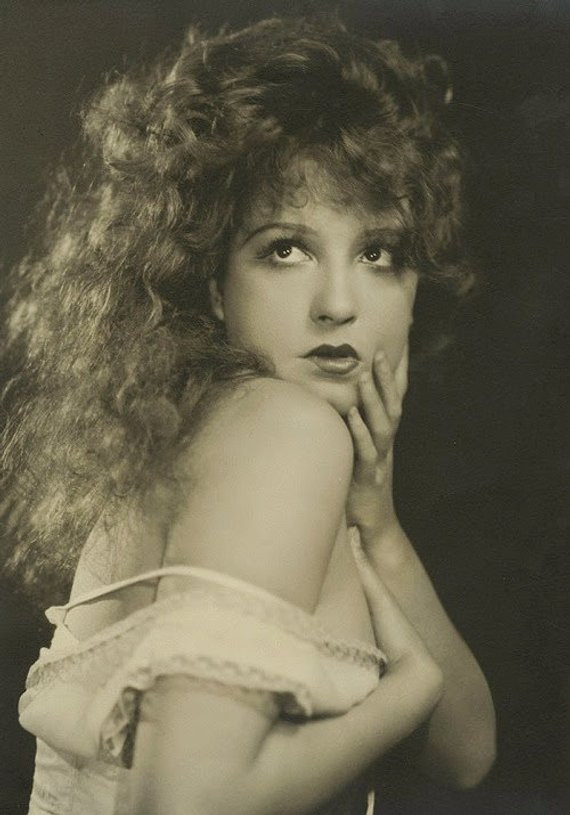
Lili Damita (in The Bridge of San Luis Rey) (1929)
“Lila Damita—boy, go no further! When the blonde French Whirlwind goes into action, all others take a back seat. It’s time to batten down the hatches, reef all sails, and stand by to cut the masts if necessary. Once I saw her—once. The Bridge of San Luis Rey—let me tell you, confidentially, that’s why the bridge fell. Get me. Yes! She walked across and scorched the damned ropes.” —Robert E. Howard to Harold Preece, ca. September 1929 Lili Damita: * * * * *Lili Damita was born Liliane Marie-Madeleine Carre in Blaye, France, on July 10, 1904, making her roughly two years younger than Robert E. Howard. She was well educated in both convents and ballet schools, and at the age of 14, she became a dancer in the Paris Opera. Not surprisingly, she found work as a model and beginning in the early 1920s, she appeared in a number of silent films. She was an instant success and in high demand. She was invited to Hollywood by Samuel Goldwyn, smart guy, and she made her film debut in The Rescue (1929) opposite Ronald Colman. She was wildly popular in The Cock-Eyed World (1929), a sequel to What Price Glory? (1926). Howard saw the original film, but surprisingly makes no mention of the sequel. She continued to be active in films until she married Errol Flynn in 1935. They divorced in 1942 and in 1962 she married Allen Loomis, a retired dairy producer. They divorced in 1983. Lili died from Alzheimer's disease on March 21, 1994. Here is more evidence for Howard's 5 star rating: 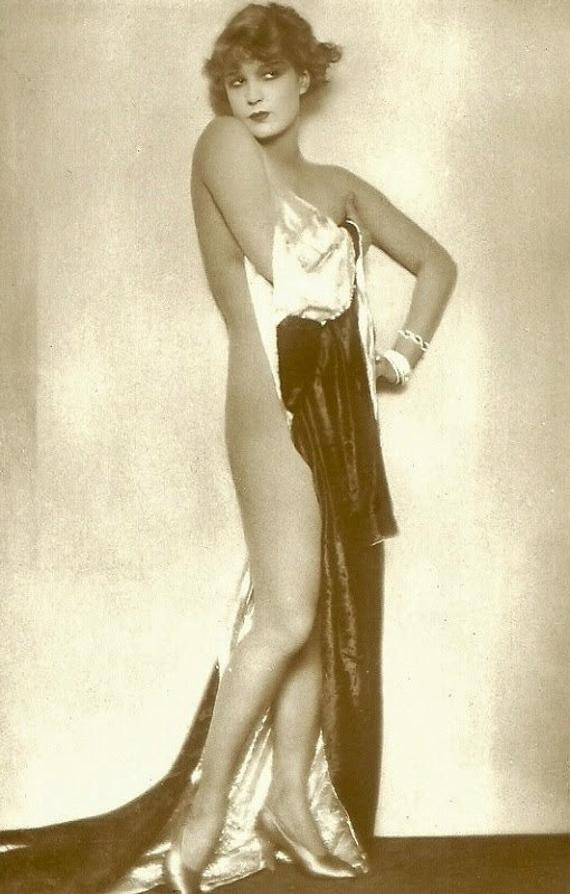  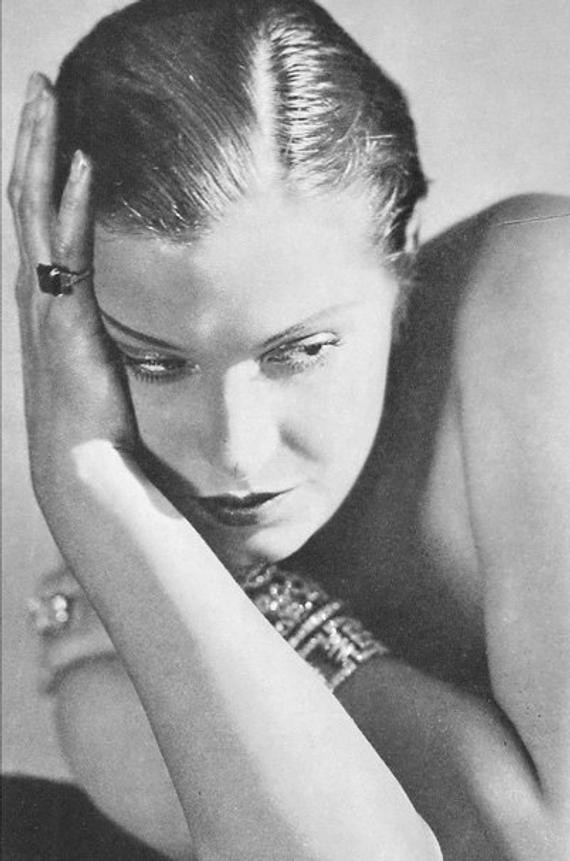   |
|
|
|
Post by linefacedscrivener on Nov 11, 2021 16:28:00 GMT -5
|
|
|
|
Post by Char-Vell on Nov 11, 2021 16:31:34 GMT -5
RE: Lily Damita
DAMN!
|
|
|
|
Post by johnnypt on Nov 11, 2021 18:40:53 GMT -5
You can't post that one too many times in this thread!  |
|
|
|
Post by linefacedscrivener on Nov 12, 2021 14:28:49 GMT -5
You can't post that one too many times in this thread!  Okay. 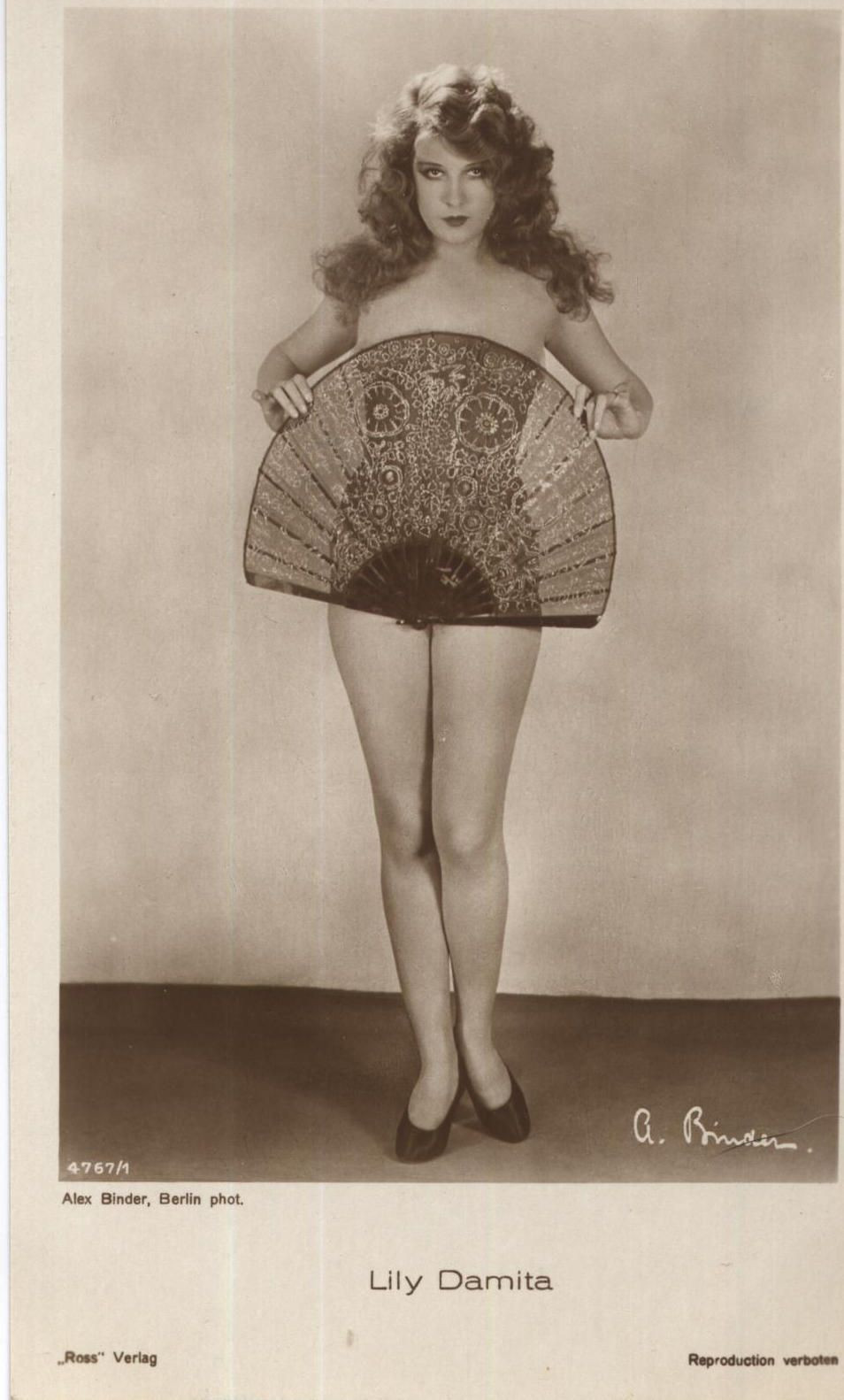 |
|
|
|
Post by linefacedscrivener on Nov 18, 2021 15:42:44 GMT -5
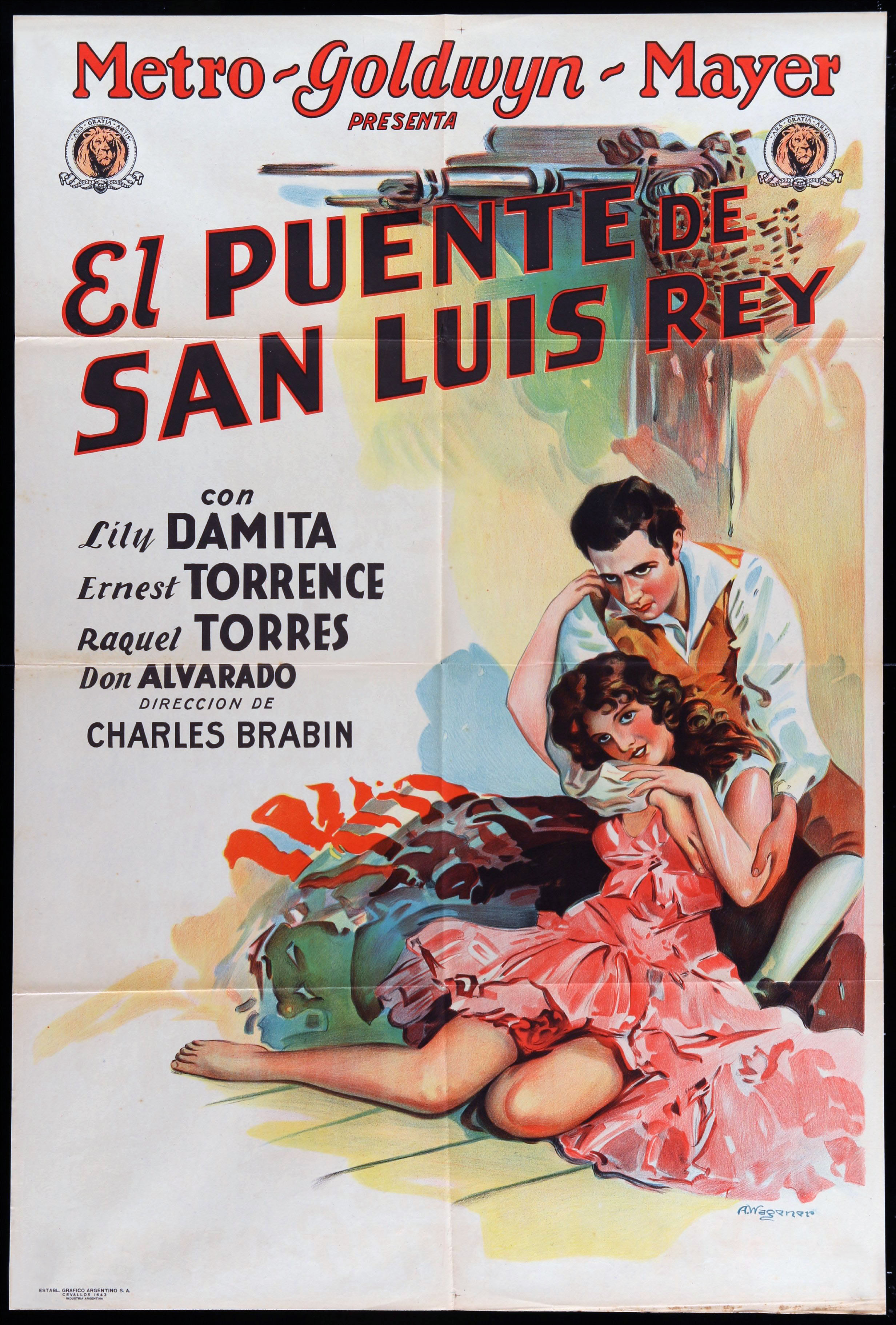 The Bridge of San Luis Rey (1929) The Bridge of San Luis Rey (1929)
“Lila Damita—boy, go no further! When the blonde French Whirlwind goes into action, all others take a back seat. It’s time to batten down the hatches, reef all sails, and stand by to cut the masts if necessary. Once I saw her—once. The Bridge of San Luis Rey—let me tell you, confidentially, that’s why the bridge fell. Get me. Yes! She walked across and scorched the damned ropes.” —Robert E. Howard to Harold Preece, ca. September 1929 I guess I should get back to the movie itself . . . There were some other people in the film, including Henry B. Walthall (most famous for playing the Little Colonel in D.W. Griffith's The Birth of a Nation, 1915), Don Alvarado (who had some great parts toward the end of his career, The Treasure of the Sierra Madre, East of Eden, Rebel Without a Cause and The Old Man and the Sea), and Raquell Torres (a short lived actress who did play a role in the Marx Brothers' Duck Soup) pictured here: 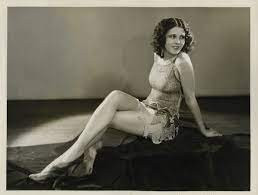 Though attractive, as Howard said, “Lila Damita—boy, go no further!” Did I mention she started off as a dancer? Did I quote Howard describing how she dances? “She dances like a fanflare of sunfire blown before the wind—no, like a burning flame of moon-mist under the stars.” The director of the film was Charles Brabin, who was in demand in the silent era and in the early talkies. He is pictured below with Lili Damita (Damita, Brabin, and Merritt B. Gerstad, the cinematographer).  The film did win the 1930 Academy Award for Best Art Direction (Cedric Gibbons). The film is impossible to find on the Internet or on DVD. The 1944 remake is readily available, as is a recent remake in 2004. Other than some stills from the movie, we'll have to take Howard’s word for it on this one, which—looking at the pictures of Lili Damita—is not hard to do. Released by MGM film studios as both a silent and part-talkie movie, it ran for 86 minutes and released on 10 reels. The “talkie” version was nothing more than two additional reels, one an opening reel and the other a closing reel, providing some dialogue. Only the silent version exists today, and is said to be preserved at the George Eastman House film archive. As Howard said: “Hell—see her for yourself. Some things can’t be described. They have to be seen.” Wish we could, Howard, wish we could. |
|